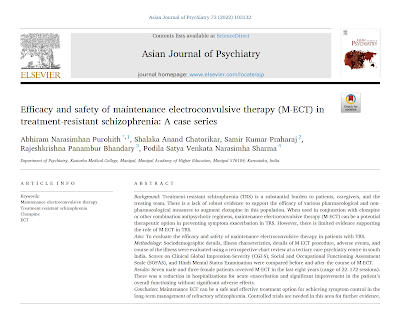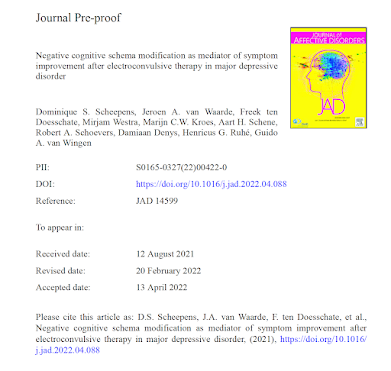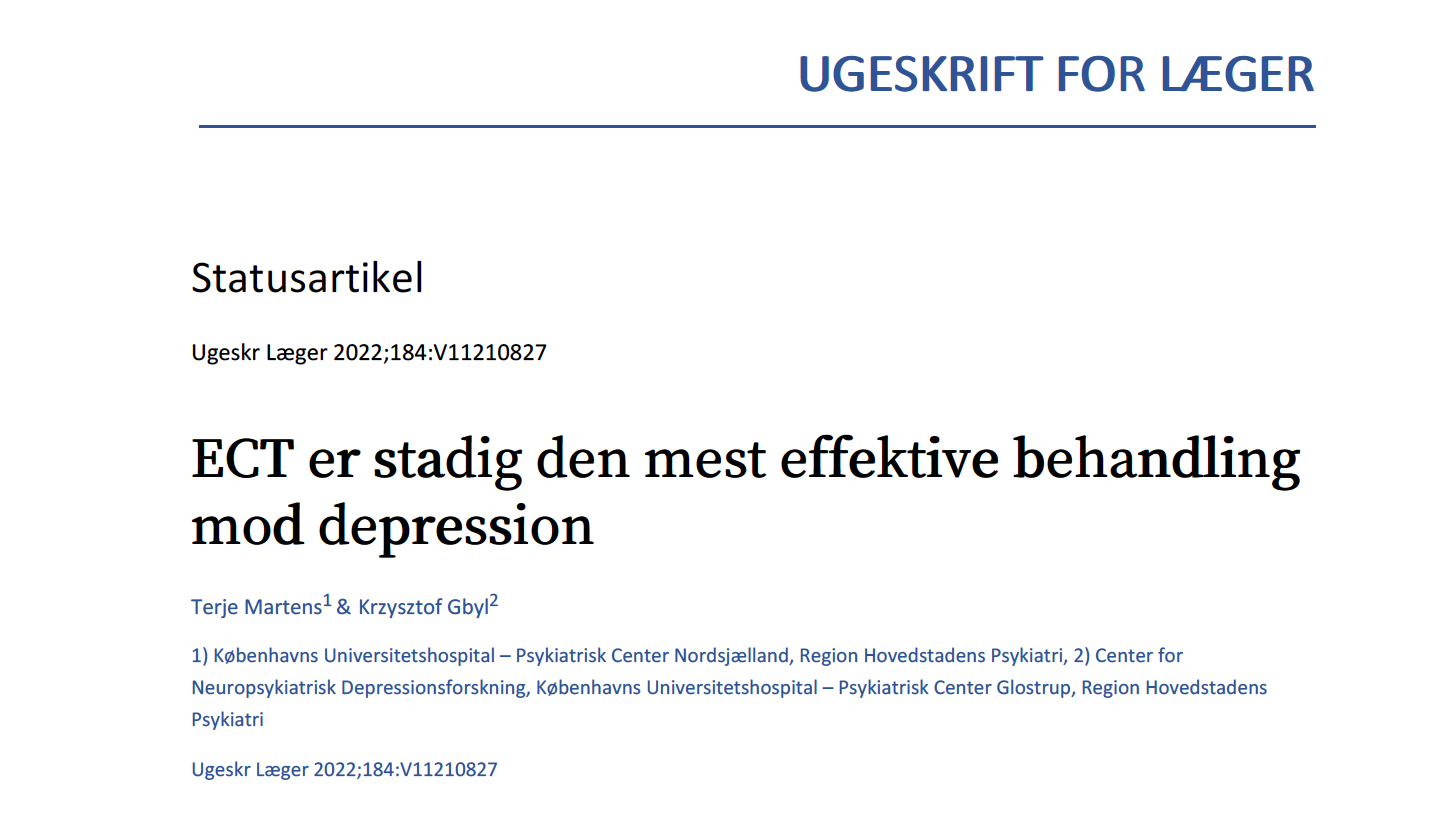The Trigeminocardiac Reflex in ECT: LTE in JECT

Out on PubMed, in JECT, from authors in Germany and the US, is this LTE: The Trigeminocardiac Reflex in Electroconvulsive Therapy. Sartorius A, Kellner CH, Karl S. J ECT. 2022 May 5. doi: 10.1097/YCT.0000000000000859. Online ahead of print. PMID:35536986 The letter is here: I am indebted to my German colleagues for their collaboration on this LTE. While it is hypothetical, it poses a plausible explanation for asystole/bradycardia in ECT. Let us not forget the trigeminal nerve! I hope that all ECT practitioners and researchers who are interested in the physiology of ECT will read this, think about it, and comment, thanks.
















